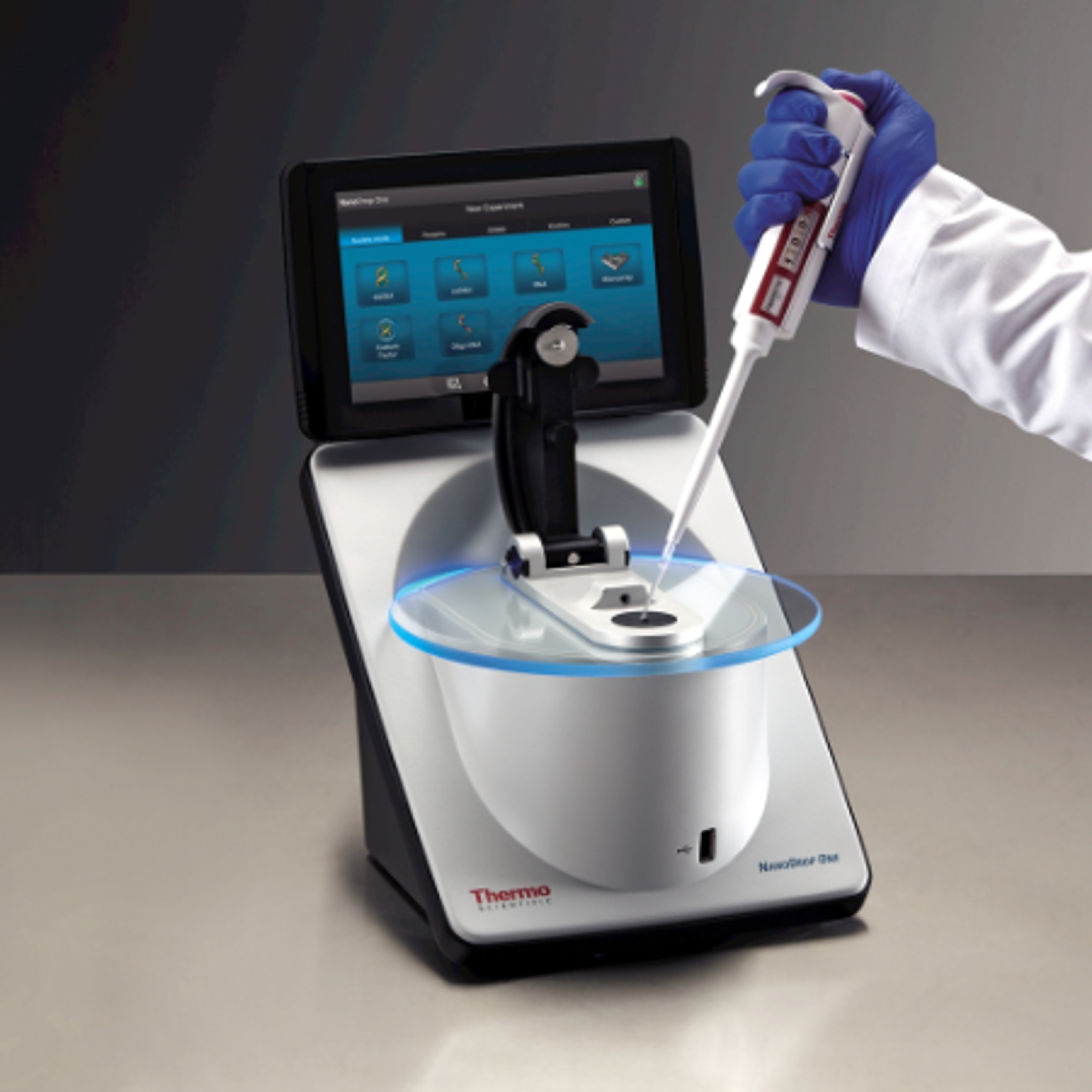Mild vs. severe disease: A dengue prediction test with huge potential
StratifiCare™ CEO explains how his newly developed severe dengue prediction test can accurately predict whether a patient will experience severe dengue, reveals how the test will reduce healthcare burdens, and explores why global warming can impact dengue prevalence
11 Sept 2022

Dengue is a mosquito-borne viral infection, with almost half of the world’s population living in areas that are at risk of catching dengue. According to the World Health Organization, dengue has been estimated to cause 100–400 million infections per year, which, in rare cases, can be life threatening. The popularity of travel to Asia, South America, and the Caribbean has led to a steady increase in the prevalence of dengue – which has now become a global public health challenge.
In this exclusive interview, we speak with Dr. Anthony Chua, CEO, and Dr. Sally Yap, research scientist at StratifiCare, to find out more about their pioneering work into developing a state-of-the-art severe dengue prediction test, designed to determine whether or not a patient will go on to experience mild or severe dengue. Chua and his expert team have worked tirelessly to create a test that will decrease the burden of dengue outbreaks on healthcare facilities and staff, to ensure only those with severe dengue are hospitalized and receive the appropriate care they need. Chua and Yap also discuss their hopes for the future, explore how global warming could impact dengue prevalence, and reveal how the Thermo Scientific™ NanoDrop™ microvolume UV-Vis instrument has helped StratifiCare overcome key research challenges to support their goals.
Dengue virus: The global threat to human health
In most cases, dengue presents itself as a mild infection, which usually passes after one week. There is no specific treatment for dengue, however, early detection of severe dengue, along with access to the correct healthcare, has the potential to lower fatality rates to below 1%. “Dengue is a cousin of Zika, and the virus mainly affects tropical developing countries, infecting 390 million people every year. The majority of these patients are asymptomatic, but they can still pass on the virus via a blood meal by a mosquito,” explains Chua. “Traditionally, dengue was seen as a pediatric disease, but as society has developed, we are seeing a shift. The more developed the society is, the older the patients are. In Singapore, we are predominantly looking at young adults or adults, whereas in developing countries, such as Indonesia, more children are suffering,” shares Chua.
Interestingly, there are four dengue virus serotypes, and therefore it is possible to be infected four times. Chua explains, “there is the observation that if one patient is infected with one serotype, let’s say serotype one, and later he/she is infected with serotype two, then the patient has a higher likelihood of developing the severe form of the illness. We really need a lot more data to prove whether or not this observation is true.” Similar to the COVID-19 pandemic, an outbreak of dengue can quickly overwhelm hospitals and other healthcare facilities, which leaves other patients at an increased risk of not receiving the care they desperately need. “Under the current standard of care, including guidelines provided by the World Health Organization, up to 60% of all dengue patients can be hospitalized, because the guidelines state that as long as the patient shows a warning sign, they will be deemed to be at risk of developing severe dengue, and this quickly fills up hospital beds,” explains Chua. Unfortunately, during these challenging times, nearly all available hospital beds are taken up by dengue patients, “this disease causes a lot of social economic costs when a patient is unnecessarily hospitalized, whilst other patients who do not have dengue need to also be cared for during these outbreaks.”
Predicting severe dengue to mitigate an outbreak
To confront this issue, the experts at StratifiCare have been working to develop a severe dengue prediction test, designed to accurately measure proteins in the blood of dengue patients. A tool that can effectively measure particular protein concentrations will predict whether a patient will experience severe dengue, or only a mild form of the disease, which requires no hospitalization. “For the patients who will go on to develop the severe form of the disease, their protein concentrations will change significantly compared to those who will just remain infected with a mild dengue fever and recover on their own.” Chua continues, “we are now able to pick up one to three days in advance whether or not a particular patient will go on to develop severe dengue, and whether or not this patient will need to be hospitalized.”
We are now able to pick up one to three days in advance whether or not a particular patient will go on to develop severe dengue, and whether or not this patient will need to be hospitalized.
Dr. Anthony Chua StratifiCare
Developing this valuable dengue prediction test has certainly been a challenge for the researchers at StratifiCare, who have faced many obstacles during the research phase of building the test, “because our prediction kit is an ELISA-based kit, one of our biggest challenges was how could we effectively screen and optimize the best combination of antibodies, and the biomarker calibrator, to achieve optimum performance,” shares Yap, a researcher scientist at StratifiCare. Speaking directly about the product development phase, Yap explains, “as a start-up company, there are always many obstacles, but one of our main challenges was that we were trying to verify the concentration of our protein reagent. The antibodies or the biomarker calibrator that we source always contain certain additives or stabilizers in the storage buffer to protect the protein from degradation.” Yap continues, “this is good for the protein stability and function, but at the same time, it can be challenging for us to achieve an accurate verification of the protein concentration. The most commonly used technique for protein concentration determination is either measuring the UV-absorbance at 280 nm from tryptophan and tyrosine residues, or using the bicinchoninic acid (BCA) assay, which makes use of the nano wavelength for colorimetric detection of reduced Cu in an alkaline solution.”
Dr. Sally Yap, research scientist at StratifiCare
Unfortunately, these methods present their own limitations towards certain compounds, which, in turn, can interfere with the detection. “At StratifiCare, we establish at least two or three methods in order to overcome this issue, and to achieve accurate protein concentration determination, regardless of the compound or additive we found in the buffer,” explains Yap. Since StratifiCare is focused on creating a device to accurately predict severe dengue, the team also must plan and run continuous clinical trials and studies – which can present many more obstacles to overcome. “For every 100 patients, we are looking at, less than three of them are infected with this disease. So, if we were to plan a prospective study, the cohort has to be huge, in order to get a decent number of patients who will eventually develop severe dengue. So, I would say this is one of the main challenges, in terms of clinical validation, that we face,” explains Chua.
To help overcome these setbacks, the team decided to team up with Thermo Fisher Scientific, and purchase the NanoDrop™ spectrophotometer to accelerate their research further. “The NanoDrop is actually one of the methods we use for the purpose of protein concentration because it has key features designed for determining protein concentration based on different parameters,” Chua continues, “the NanoDrop is a very quick and straightforward way to determine these concentrations. With the NanoDrop, we can easily calibrate it, and we can then make use of standard reference materials to effectively set up our system. This means we can provide a control to the product development process, and this is better than any of the other methods that we used.”
Looking to the future
Chua is excited about the future of StratifiCare, and shares his high hopes, “the impact that I hope our severe dengue prediction test can bring is to help, on a large scale, developing countries and improve their healthcare system to better allocate healthcare resources to patients who truly need them.” He now aims to lessen the burden of caregivers in developing countries, and wants to help mitigate the impact on healthcare systems due to the geographical spread of dengue as a result of global warming. He explains, “as the temperature rises, and more and more countries undergo extensive urbanization, we are expecting mosquitoes to migrate and expand, in terms of their habitat. We are looking at a possibility of the mosquitoes migrating northward and southwards. Northward all the way to Shanghai, into Europe, into Chicago, and placing another 2 billion people at risk of dengue infection every year.” In regard to clinics, the StatifiCare team is hopeful that the test will put people infected with mild dengue at ease, and help them to recognize the illness as more of a common flu or cold. “With this test, we can slowly transit care for dengue patients from a tertiary healthcare setting towards either a telemedicine or a primary healthcare setting,” shares Chua.

